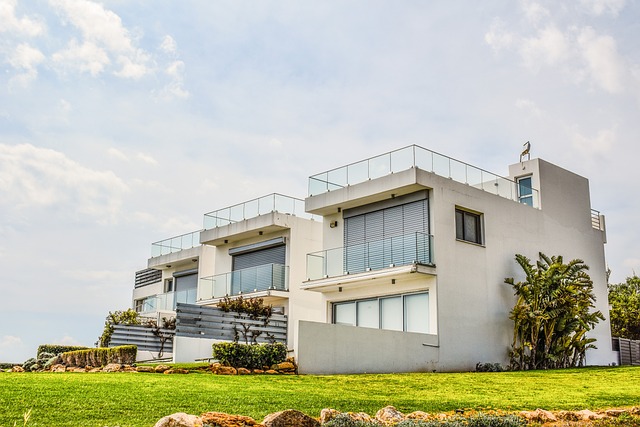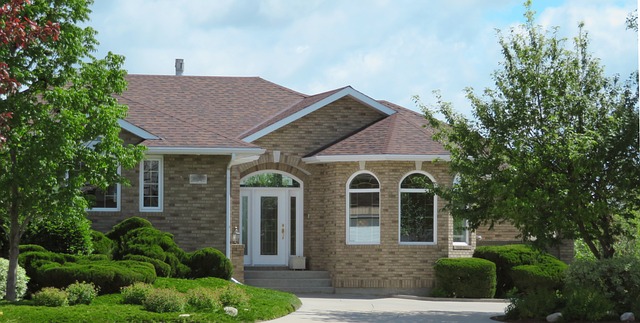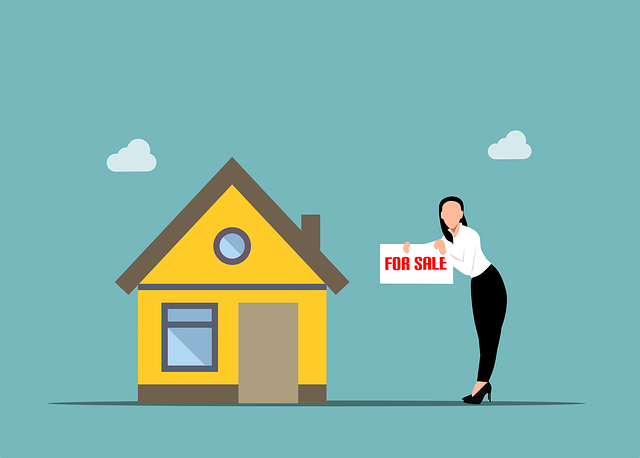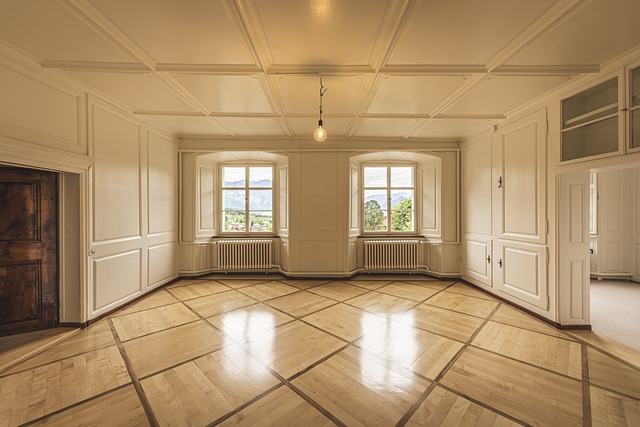Buying a second property in Singapore requires strategic planning and market insight due to its dynamic and complex real estate landscape. Investors must consider various factors including the types of properties available—HDB resale flats with regulations like MOE or private properties like condominiums and landed homes, each with different investment potentials. Market timing is crucial, influenced by economic conditions, government policies such as cooling measures, and global financial trends, all of which affect property values. The Additional Property Stamp Duty (APSD) is a key consideration for second-time buyers, along with annual property taxes that vary based on occupancy. Seasonal market trends, particularly in the fourth quarter and at the start of the new year, offer opportunities to purchase at lower costs while positioning for future value appreciation. Historical data analysis can reveal cyclical patterns in real estate prices and rental yields, informing investors of optimal investment timing. Staying informed about economic indicators from MAS, inflation trends, property price index changes, and government policies is essential for making a financially sound decision when purchasing a second property in Singapore to achieve substantial returns.
Investing in a second property in Singapore presents unique opportunities and challenges. This article navigates through the dynamic Singapore property market, offering insights tailored for second-time buyers. We delve into the seasonal trends that influence real estate investments, analyse historical data to pinpoint peak times for acquisition, and align purchase decisions with economic indicators and market sentiment. By understanding the tax implications and financial considerations, you can make informed decisions to enhance your investment portfolio. Join us as we explore the optimal moments to invest in a second property within Singapore’s diverse and vibrant real estate landscape.
- Understanding the Singapore Property Market Landscape for Second-Time Buyers
- Tax Implications and Financial Considerations When Adding a Second Property
- Seasonal Trends and Peak Times for Acquiring Your Second Property in Singapore
- Analysing Historical Data to Predict the Best Time for a Second Property Investment
- Strategic Timing: Aligning Your Second Property Purchase with Economic Indicators and Market Sentiment in Singapore
Understanding the Singapore Property Market Landscape for Second-Time Buyers

Navigating the property market in Singapore as a second-time buyer requires a strategic approach and a keen understanding of market dynamics, given the diverse options available. The Singapore property landscape is characterized by a mix of public and private housing, with each offering unique opportunities for investment. For instance, the resale market for public housing flats, such as Housing & Development Board (HDB) resale flats, presents a cost-effective entry point for buyers looking to upgrade from their initial flat. These transactions are subject to the Minimum Occupation Period (MOE), which must be observed before one can purchase a second property. On the other hand, private properties like condominiums and landed houses typically cater to a more affluent demographic and may yield higher capital appreciation and rental yields over time.
Prospective buyers should also consider the timing of their investment, as Singapore’s property market is influenced by various factors including economic conditions, government policies, and global financial trends. For example, cooling measures implemented by the Singapore government aim to ensure a stable and sustainable property market. It’s advisable to monitor these factors closely, as they can affect resale prices and the availability of financing. Additionally, understanding the cyclical nature of property markets, including periods of growth and potential downturns, is crucial for making informed decisions when purchasing a second property in Singapore. This understanding, combined with a clear grasp of the nuances of the local real estate environment, positions buyers to make strategic investments that align with their financial goals and market trends.
Tax Implications and Financial Considerations When Adding a Second Property

When considering the acquisition of a second property in Singapore, it’s crucial to evaluate the tax implications and financial considerations that come with such an investment. Owners of multiple properties are subject to different tax regimes compared to those with a single residential property. The Additional Property Stamp Duty (APSD) is a significant financial factor; it applies to the purchase of any residential property computerized after 20 January 2013, and individuals owning more than one residential property will incur this additional duty. This tax is levied at a rate of 4 percentage points higher than the existing rates, making it a substantial consideration for potential buyers.
Furthermore, annual property taxes are determined by the Annual Value assessed by the Inland Revenue Authority of Singapore (IRAS). The taxable income for properties that are not occupied or are occupied by lessors is calculated based on 10% of the net rental income and a percentage of the property’s value, depending on whether it is residential or commercial. Investors should also be mindful of potential rental income and the associated expenses such as maintenance fees, property taxes, and potential vacancy periods. The Singaporean property market is known for its resilience and potential for capital appreciation, but savvy investors will analyze both the short-term cash flow implications and long-term capital gains when adding a second property to their portfolio. It’s advisable to consult with a financial advisor or tax professional to navigate these considerations effectively.
Seasonal Trends and Peak Times for Acquiring Your Second Property in Singapore

When considering the acquisition of a second property in Singapore, seasonal trends and market conditions play pivotal roles in strategizing the optimal time for investment. Typically, the fourth quarter of the year, particularly from October to December, is often advantageous for buyers, as this period often sees a reduction in prices due to the impending year-end and properties being sold off to meet targets. This window of opportunity allows investors to capitalize on lower prices while still retaining the potential for property value appreciation.
Furthermore, the first quarter of the following year, from January to March, can also be a strategic timeframe for purchasing a second property in Singapore. During this period, many sellers are eager to conclude transactions early in the new year, which may translate into more favorable negotiation positions for buyers. Additionally, the Lunar New Year holiday, which falls within this quarter, might lead to a slower market, providing further opportunities for savvy investors to find good deals without the pressures of a competitive bidding environment. Prospective second-property owners should monitor real estate trends and be prepared to act when these peak times align with their financial readiness and investment goals.
Analysing Historical Data to Predict the Best Time for a Second Property Investment

When considering the purchase of a second property in Singapore, savvy investors often turn to historical data as a guide for timing their investment. Analyzing past market trends can provide valuable insights into the cyclical nature of real estate prices and rental yields in Singapore. By examining historical patterns, one can discern that the property market here typically experiences fluctuations influenced by economic indicators such as GDP growth, interest rates set by the Monetary Authority of Singapore (MAS), and global economic conditions. Investors should pay particular attention to these cycles, as they often dictate when property values are likely to be at their lowest, presenting opportune moments for acquisition.
Moreover, seasonal market trends play a role in determining the best time to buy. Traditionally, the fourth quarter of the year, following the Singapore Property Market Outlook released by the Urban Redevelopment Authority (URA), can be a strategic period for investment, as it provides a clearer picture of the upcoming year’s outlook. This foresight allows investors to anticipate market movements and act accordingly. Similarly, keeping abreast of government policies and initiatives related to property cooling measures can also inform the timing of such investments. By integrating these factors with historical data analysis, investors are better positioned to identify the most advantageous times to buy a second property in Singapore, aiming to maximize returns on their real estate ventures.
Strategic Timing: Aligning Your Second Property Purchase with Economic Indicators and Market Sentiment in Singapore

When considering the purchase of a second property in Singapore, strategic timing is paramount to capitalize on favorable economic indicators and market sentiment. Prospective investors should monitor the broader economic landscape, including interest rates set by the Monetary Authority of Singapore (MAS) and inflation trends, as these factors influence borrowing costs and the affordability of properties. TheSingapore Residential Price Index can also provide valuable insights into property price trends, helping investors align their purchase with market dynamics.
Market sentiment is equally crucial, as it reflects investor confidence and the general mood within the real estate sector. Seasoned investors often look to economic calendars for key events that could affect sentiment, such as changes in government cooling measures, policy announcements, or significant economic shifts. Additionally, tracking property market reports and analyzing sales data can reveal cycles of demand and supply, enabling investors to make informed decisions on the most opportune times to enter the market. By considering both economic indicators and market sentiment, investors can strategically time their second property purchase in Singapore to potentially maximize returns and minimize risks.
When considering the acquisition of a second property in Singapore, it’s pivotal for investors to weigh various factors, including market trends, tax implications, and economic indicators. Historical data analysis suggests that strategic timing can significantly influence the potential returns on such investments. Prospective buyers should look into seasonal trends and peak times, as outlined in the article, which detail the nuances of the Singapore property market. By aligning their purchase with these insights, investors can make informed decisions that may enhance their financial portfolio. Ultimately, buying a second property in Singapore is a calculated move that, if timed correctly, can yield favorable outcomes for those looking to expand their real estate holdings within this dynamic market.
